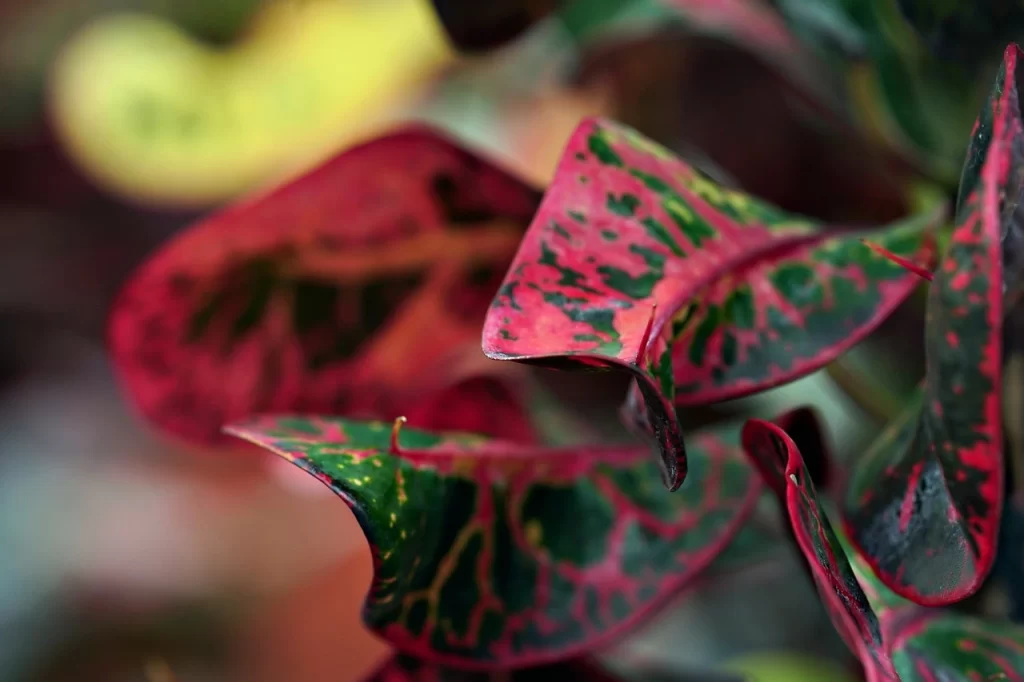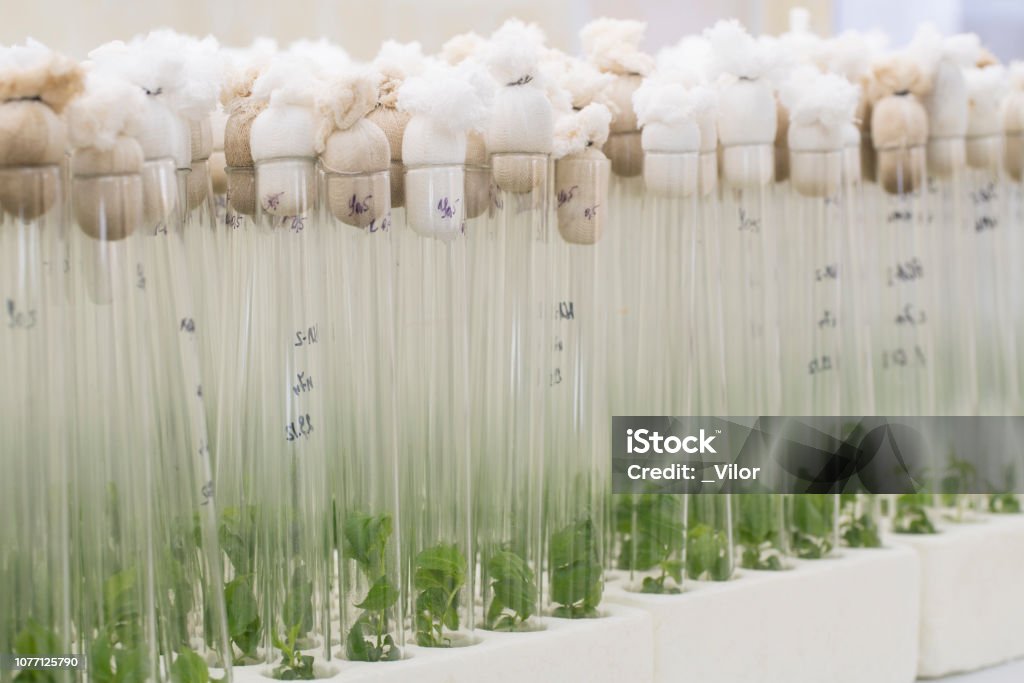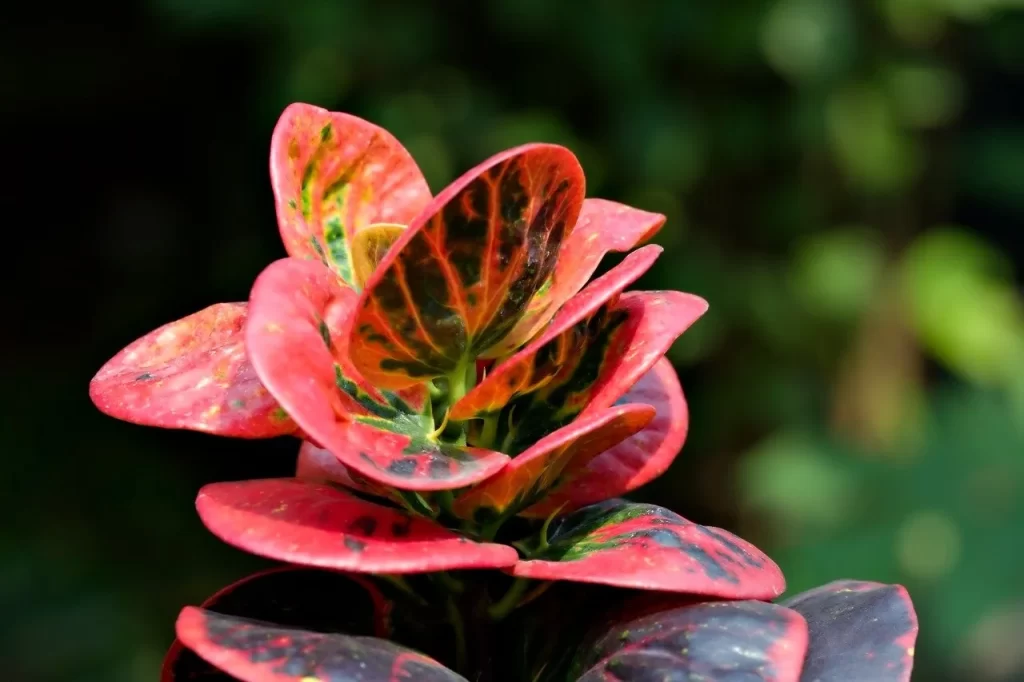Croton, or Joseph’s Coat, is a popular ornamental plant native to Southeast Asia. It grows to 6 m but can be maintained at 60-90 cm. Carton is a plant species that has more than 200 different varieties and offers many ways of propagation. The young leaves of Croton display shades of green, bronze, yellow, or red, which gradually change to colors like gold, cream, scarlet, and more as they mature. The leaves are glossy and leathery and come in various shapes as they mature. However, Croton also holds medicinal value, with properties like sedative, antifungal, and anticancerous activities. Propagation methods include cuttings, grafting, seeds, and air layering[1]Read More About Croton Plant Propagation. Read.

Can a Croton plant be propagated?
Croton (Codiaeum variegatum) showcases diverse leaf sizes, shapes, and vibrant color patterns. These varieties exhibit various characteristics and structures, making them popular among plant enthusiasts. However, a Croton plant can be propagated in many ways. Follow the below set of techniques to propagate a Croton plant:
Vegetative Multiplication
In the conventional methods of propagating crotons, slow and time-consuming processes such as cuttings and air layering are employed. The yield of these methods is moderate since they require many mother plants.
Revolutionizing with Micropropagation
With the ever-increasing demand for plant material, more than traditional propagation methods may be required to meet the growing needs. However, micropropagation offers a promising alternative that enables more rapid production of plant material. During this technique, plant cells are grown in vitro, and the plants’ genetic makeup, the mother plants’ size, and the growth medium all affect the growth process. Plant material could be produced faster, more efficiently, and more cost-effectively using this innovative approach.

Advantages of Micropropagation
- Generates many plants regardless of waiting for the optimal propagational seasons.
Croton Propagation from Leaves: Procedure
Propagation of Croton involves the development of leaf roots, which could lead to shoot formation in the future[2]N. Deepa Devi, et., Propagating crotons from leaves, AJAR, Vol. 8(26), pp. 3473-3475, 2013. Read. Regular care and monitoring contribute to a healthy propagation process. Follow the below set of instructions for propagating the Croton plant:
- Choose healthy and mature leaves with at least two nodes.
- The stem portion of a leaf should be included in the trimming (four to six inches).
- Submerge at least one node of the stem into the damp pot.
- Cover the pot with a plastic bag for two weeks to create a mini greenhouse to achieve the desired moist conditions for optimal growth.
- After a month, observe roots from the petiole region. Root length varies from 1.5 to 4 cm.
- Transfer rooted leaves to coir pith media.
- Water the propagated leaves regularly.
- Monitor for shoot formation.

Propagating Croton from Stem-Cuttings: Step-by-Step Guide
Croton plant propagation from stem-cutting is a straightforward technique to promote root growth and new plant development. Follow the below set of instructions to propagate Crotons from stem cuttings successfully:
- Fill a 1-gallon pot with potting soil to the top.
- Choose brown wood cuttings that are around 18 inches long. However, ensure the stem is strong enough to support the plant.
- Make a fresh cut at a 45-degree angle on each cutting. Select single stems during routine pruning.
- Gently scrape the bark for 3-4 inches to expose the cambium. Apply rooting hormone to the wet cutting.
- Prepare planting holes at least 3 holes in the soil for each pot.
- Plant each cutting securely in the prepared holes.
- You can use chopsticks or similar materials to support the stems and keep them upright gently. This will prevent the leaves from getting rot, promoting their healthy growth.
- Keep pots in bright but indirect light to avoid wilting.
- Keep the soil consistently wet for the first 2 weeks, replicating the rooting environment and observing for rooted status.
Read: Rhaphidophora Hayi – Shingle Plant
How To Propagate a Croton Plant? – A Simple Approach
Alternatively, you can propagate Carton by following these straightforward steps to propagate a new Croton plant from stem cuttings, fostering healthy growth and colorful foliage.
Simple Steps for Croton Plant Propagation from Stem Cuttings
- Choose stem cuttings that are 3-4 inches long.
- Ensure the cutting has 3 to 5 leaves.
- Dip the cut end of the stem cuttings into a rooting hormone for optimal growth.
- Plant the treated cutting in a small pot filled with soil.
- Ensure temperatures stay between 70°F-80°F for effective rooting.
- Cuttings typically root in less than a month.
- Once a new root system is established and noticeable new growth occurs, transplant your Croton plant.
- In the early stages of growth, new foliage appears green but develops vibrant colors as it matures.
Read: Radiator Plant – Care, Propagation, and Popular Species
Conclusion
Codiaeum variegatum, or Croton, offers vibrant varieties. Propagate through traditional methods like cuttings or embrace micropropagation for rapid, year-round growth, meeting escalating demand and ensuring plant health. This blog has demonstrated a method of propagation for the Carton plant.
References
| ↑1 | Read More About Croton Plant Propagation. Read |
|---|---|
| ↑2 | N. Deepa Devi, et., Propagating crotons from leaves, AJAR, Vol. 8(26), pp. 3473-3475, 2013. Read |



